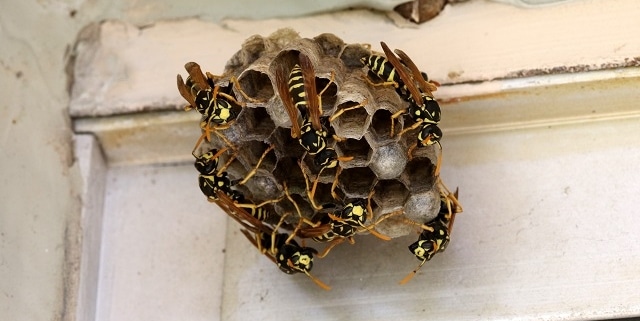Respect at the Workplace
We’ve talked about workplace violence and bullying, but what about good old fashioned respect? They all go hand-in-hand. If people were always treated with respect and respected others, would there even be workplace violence or bullying? Probably not. I’m not going to bust into the typical “young people nowadays” rant because I have seen 50 year old workers be disrespectful along with every other age. It’s not about age, it’s about taking the time to treat others the way you’d like to be treated, no matter the level of frustration. Treating someone with respect doesn’t mean you’re a brown-noser. It actually helps with communication and problem solving, instead of adding more problems to the situation. It also builds trust and if I’m working in a hazardous industry, I’d like to be able to trust my colleagues. When you have good communication and trust with coworkers and supervisors, you have a lot less weighing you down and can focus on the job and doing it safely. The foundation of all that is respect. No one is asking you to hold hands with everyone and sing Kumbaya but always remember, no one is too important or too busy to be respectful to other people.










